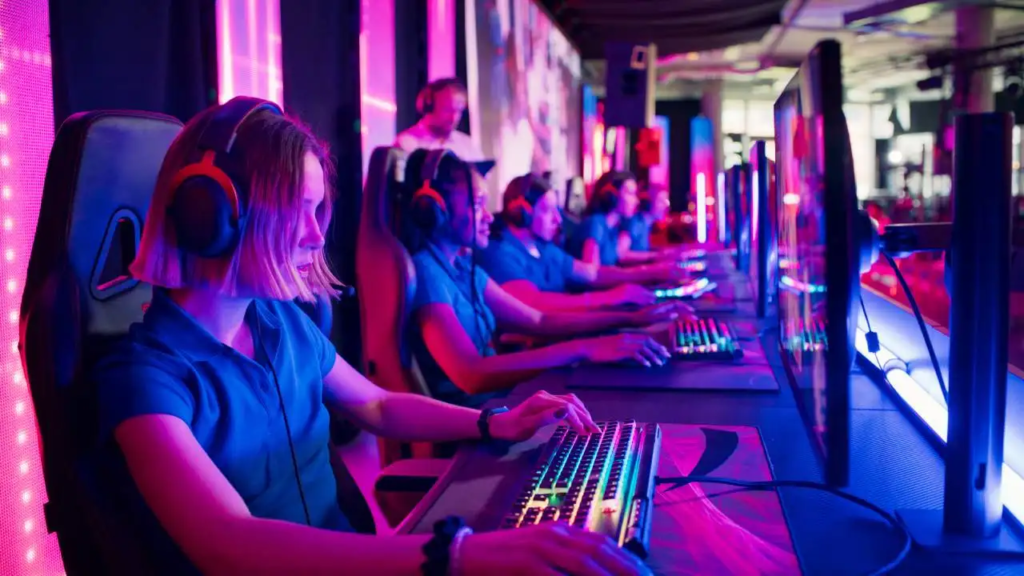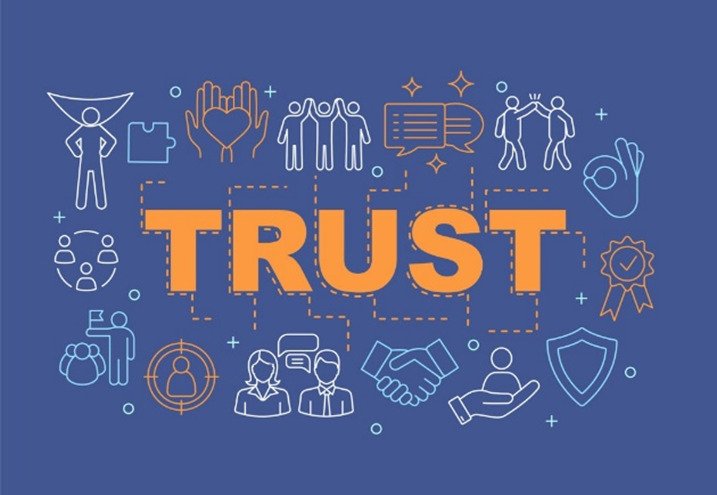Gaming world where you truly own your digital sword, spaceship, or rare skin—not just rent it from a game company. That’s the promise of Web3 gaming, a revolution blending blockchain technology with immersive play. But as the hype around decentralized gaming grows, how can it stay ahead in a fast-changing industry? This article dives into the strategies Web3 gaming can adopt to keep its edge, from empowering players to embracing new tech, all explained in a way that’s easy to grasp for anyone curious about the future of gaming.
What Is Web3 Gaming and Why Does It Matter?
Web3 gaming uses blockchain technology to give players real ownership of in-game assets, like characters, items, or land, through non-fungible tokens (NFTs) or cryptocurrencies. Unlike traditional games where developers control everything, Web3 games let you trade, sell, or use your assets across different platforms. This shift has sparked excitement, with games like Axie Infinity and The Sandbox showing what’s possible.
Why does this matter? It’s about freedom and fairness. Players can earn real value from their time and skills, while developers tap into a passionate community. But staying dominant means evolving with players’ needs and market trends.

Building Player-Centric Economies
The heart of Web3 gaming is its economy, where players aren’t just consumers but stakeholders. To stay dominant, games must prioritize fair and sustainable economic models. Here’s how:
- True Ownership: Ensure players can freely trade or sell their assets on open marketplaces without excessive fees or restrictions. Games like Decentraland show how this builds loyalty.
- Play-to-Earn Balance: Reward players for their time, but avoid oversaturating the market with tokens that crash in value. A balanced system keeps players engaged without feeling like a grind.
- Community Governance: Let players vote on game updates or rules using decentralized systems. This makes them feel heard and invested in the game’s future.
By focusing on player empowerment, Web3 games can foster communities that stick around for the long haul.

Embracing Cross-Platform Interoperability
One of Web3’s biggest strengths is interoperability—using your assets across different games or platforms. Imagine wielding a sword earned in one game in a completely different virtual world. To maintain dominance, Web3 gaming must lean into this:
- Standardized NFTs: Develop universal standards for assets so they work seamlessly across games. Projects like Enjin are already pushing for this.
- Metaverse Integration: Connect games to broader metaverse ecosystems, allowing players to carry their avatars or items into shared virtual spaces.
- Cross-Chain Support: Support multiple blockchains (like Ethereum, Solana, or Polygon) to reduce fees and improve accessibility for players worldwide.
Interoperability makes Web3 gaming more flexible and appealing, keeping players hooked.

Enhancing Accessibility and User Experience
Web3 gaming can feel intimidating with its wallets, gas fees, and crypto jargon. To dominate, it must become as easy to jump into as traditional games. Here’s how:
- Simplified Onboarding: Create user-friendly interfaces that guide new players through setting up wallets or buying assets. Games like Star Atlas are working on this.
- Low-Cost Transactions: Use layer-2 solutions like Polygon or Optimism to cut blockchain fees, making it affordable for casual players.
- Mobile-Friendly Design: Optimize games for mobile devices, where most gamers play. A seamless mobile experience can expand the audience massively.
By lowering barriers, Web3 gaming can attract millions of new players who might otherwise stick to traditional titles.

Leveraging Emerging Technologies
To stay ahead, Web3 gaming must embrace cutting-edge tech beyond blockchain. Here are some game-changers:
- Artificial Intelligence: Use AI to create dynamic NPCs or personalized storylines, making games more immersive. AI-driven economies can also balance in-game markets.
- Virtual Reality (VR) and Augmented Reality (AR): Pair Web3 with VR/AR for mind-blowing experiences, like owning a virtual castle you can explore in VR.
- Cloud Gaming: Integrate cloud tech to let players access high-quality Web3 games without needing powerful hardware.
These innovations can make Web3 games stand out in a crowded market, offering experiences traditional games can’t match.

Fostering Trust and Transparency
Trust is a big hurdle for Web3 gaming, with scams and rug pulls making headlines. To maintain dominance, the industry must prioritize credibility:
- Transparent Development: Share clear roadmaps and updates to build player confidence. Games like Illuvium do this well.
- Secure Smart Contracts: Audit blockchain code to prevent hacks or exploits, ensuring players’ assets are safe.
- Community Engagement: Actively listen to player feedback on platforms like X or Discord to address concerns and build loyalty.
A trustworthy ecosystem keeps players coming back and attracts new ones.

Navigating Regulatory Challenges
As Web3 gaming grows, governments are eyeing it closely. To stay dominant, the industry must adapt to regulations without losing its edge:
- Compliance with Laws: Work with regulators to ensure NFTs and tokens comply with financial laws, avoiding crackdowns.
- Player Education: Teach players about tax implications of earning or trading assets to avoid surprises.
- Global Reach: Design games to meet varying regulations across countries, ensuring broad accessibility.
Proactive compliance can prevent setbacks and keep Web3 gaming thriving.

Conclusion: The Path to Lasting Dominance
Web3 gaming is at a crossroads. Its promise of ownership, creativity, and community has captured imaginations, but staying dominant requires effort. By building fair economies, embracing interoperability, improving accessibility, leveraging new tech, fostering trust, and navigating regulations, Web3 gaming can not only survive but lead the industry for years to come. Whether you’re a player or a developer, now’s the time to dive in and shape the future of gaming.






















